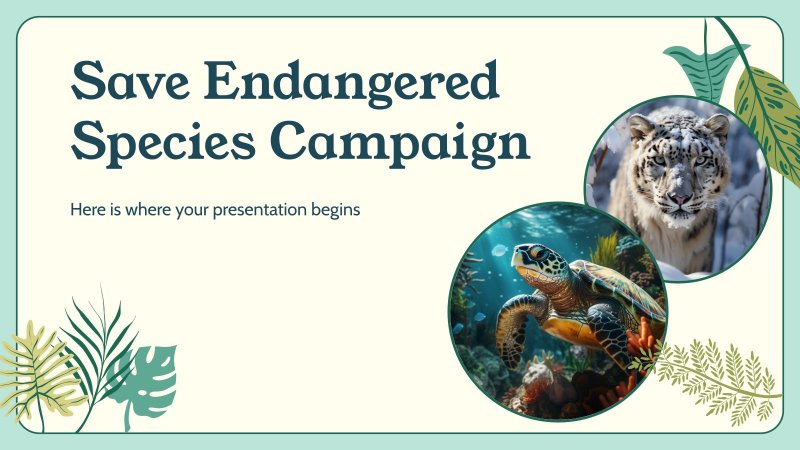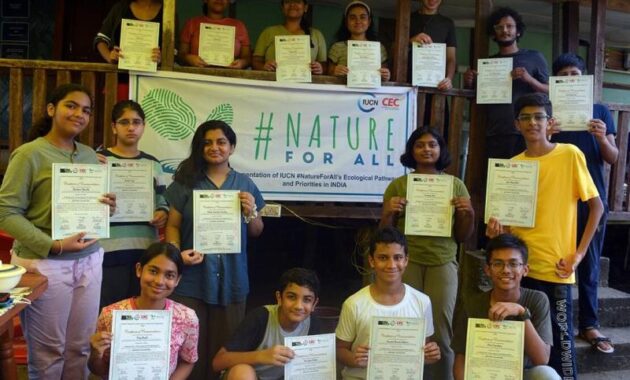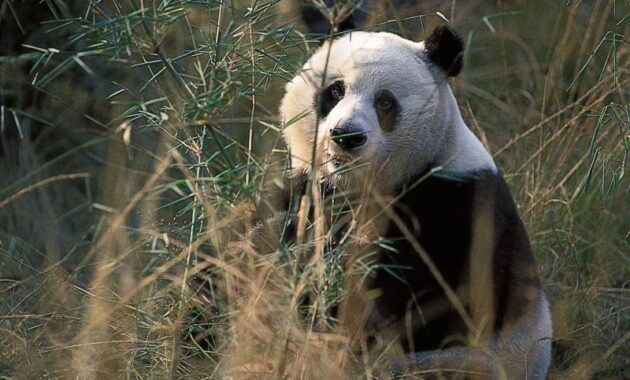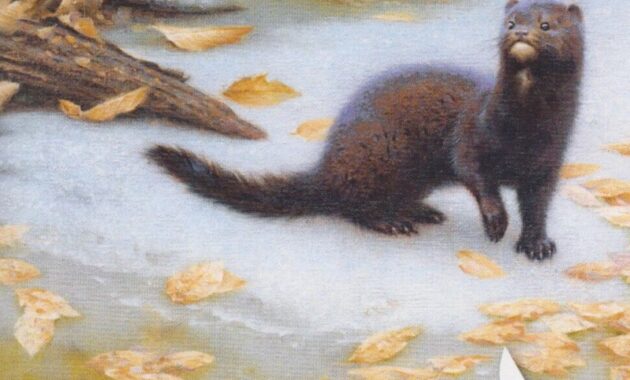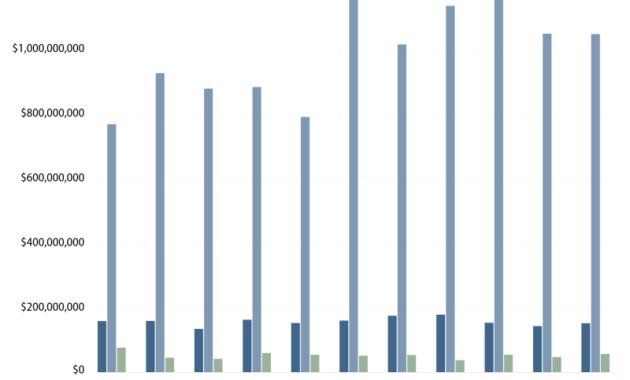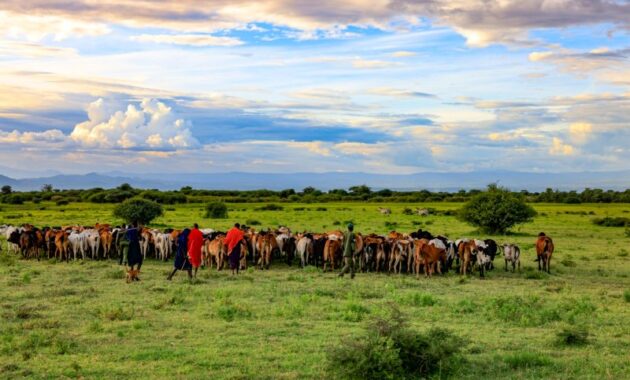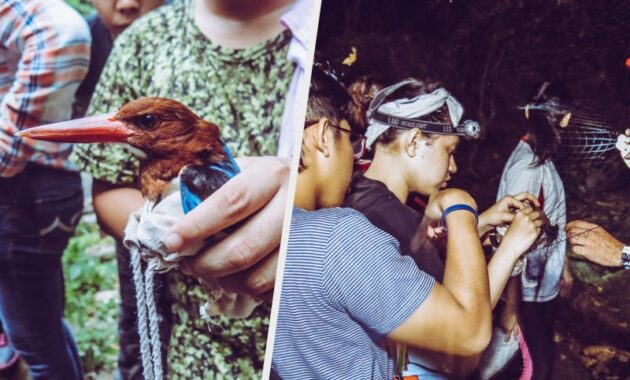Protect Endangered Species – Disrupted the economics of protecting endangered animals. So we were inspired by it and today we are exploring it in the Indian context.
Before we get started, if you want to follow what’s happening in the world of business and finance, click subscribe if you haven’t already. We strip the stories of the jargon and deliver clear financial insights straight to your inbox. Only one post each morning. Promise!
Protect Endangered Species

If you are already a subscriber or reading this article in the app, just read the story.
Things You Can Do Today (and Everyday) To Protect Endangered Species
Last year, India launched a massive wildlife project. We reintroduced cheetahs. These big cats were officially declared extinct in the country in 1952. But we wanted them to roam our forests again.
That’s why we decided to relocate some cheetahs. Now we couldn’t do that with the Iranian Asiatic Cheetahs because there were only a few of them. Instead, we chose African species from Namibia. We spent almost 100 million crowns on the initial relocation.
Officials noted at the time that it was an attempt to save our lawns. Cheetahs can hunt herbivores. And since herbivores graze the area quite regularly, it sounded like a good plan. Grasslands could flourish. Birds and other fauna could return. And the ecosystem can evolve.
But not everyone was happy about it. Especially after news of several cheetah deaths started to surface. Their big question was – “Is this conservation effort worth it? How do we know if the benefits outweigh the costs? Maybe we should save our vultures instead? (We’ll get to vultures soon)”
In any case, conservation efforts are complicated because determining the pros and cons is really not easy. There are too many variables in the mix.
How Advocates Say Trump’s Endangered Species Rules Could Threaten Conservation
But economists Andrew Metrick and Martin Weitzman tried to find a solution. And they used the Noah’s Ark problem to explain.
To the uninitiated, Noah is considered a biblical hero who saved the world. The story goes that God decided to destroy mankind and gave Noah a chance to save his family and the animal world. He built a ship or ark and put on board all the male and female species of animals in the world. Then they would replenish the new earth.
But here’s the thing. There can’t be room for all kinds of animals on a ship, right? Noah had to choose. Only limited pairs may be available. And that’s the crux of today’s problem – which species are you saving given limited budgets and resources?

So the solution starts with the expected utility of each species. And this tool appears to be “ecosystem services”. Look at Indian vultures, for example.
Loretta Lynch Quote: “we All Have A Responsibility To Protect Endangered Species, Both For Their Sake And For The Sake Of Our Own Future Gener…”
In the early 1980s, there were 40 million vultures in the country. However, by 2007, this number had decreased by 99%. The sudden disappearance was shocking. For a long time, people were scratching their heads as to what the hell was going on.
Not on purpose, mind you. But by accident. You see, farmers have resorted to a common pain reliever called diclofenac for injured cattle. The price of medicines has fallen sharply and they have become easily available. And when the cattle died and were destroyed, the vultures fed on them. Diclofenac carcasses were extremely toxic vultures. It caused kidney failure. And the dead began to fall.
Now vultures are great scavengers. It is a service they provide to the ecosystem. They can reduce a carcass to bones and eat an entire cow in 40 minutes. Most other scavengers cannot do this as effectively. When the vultures disappeared, rats and wild dogs took over. And the remaining corpses were simply thrown into nearby bodies of water. No one thought twice about it.
This was attributed to diseases carried by newly introduced wild dogs and rats. And let’s not forget the water-borne diseases that arose from the dumped corpses.
Congress Introduces Bill To Protect Endangered Species, Reverse Trump’s ‘ Extinction Plan’
The researchers even calculated the associated economic costs. They factored in something called the ‘statistical value of life’ for all these annual deaths and came up with a whopping ₹5.7 lakh per year!
And that brings us to the other side of Metrick and Weitzman’s theory – cost-benefit analysis. Or do the benefits of ecosystem services really outweigh the costs of species conservation?
Look, for example, at one of the largest and most successful reintroduction attempts in the world, the reintroduction of wolves in Yellowstone National Park in the United States. Although the effort cost about $30 million, people flock to see the wolves. And tourism alone brings in $35 million a year, helping surrounding communities. Don’t forget how she essentially restored the park’s flora and fauna as well.

The thing about cheetahs is that moving a foreign species to India may not be successful. After all, they are not the native land. They also don’t have much space to spread out and move around.
Florida To Bridge Together Broken Habitat With Wildlife Corridors
So some people argue that we are wasting money. And that we could better invest money in protecting species like vultures. They come from the soil and the economic benefits are clear.
Look at Africa. 20 years ago, vultures disappeared from Liwonde National Park in Malawi. But after cheetahs were reintroduced to the park in 2017, the vultures returned to the air. Apparently they came back to feast on the carcasses left after the big cats killed and ate their prey.
So if India’s cheetah program proves successful, it could help protect the local vulture population as well. It would also help the ecosystem, wouldn’t it?
So yes, while economists and researchers have found ways to keep numbers and economic utility, it may not always be black and white. And this means that sometimes we will have to “irrationally” allocate resources to protect endangered species.
Saving Endangered Species
2/3 of all medical bills in India are paid out of pocket. And it destroys your savings:
You can’t expect your investments to grow if you can’t protect your savings. Even if you start with ₹1,000 and increase it by 10% every year, a trip to the hospital can wipe out your profit and principal within days.
India’s Medical Inflation Rises at Over 10%: While medical procedures have generally become more affordable, hospital stays may lag behind as facilities are now expensive.

No tax benefits: If you pay for medical procedures out of your own pocket, you do not get any tax benefits. However, if you have insurance, you can protect your savings, take advantage of tax benefits and beat health inflation at the same time.
Woburn Safari Helps Protect Endangered Species Using Animal Dna
The gentleman who left the review above spoke to our team at Ditto. With Ditto you get access to:
Secret article on Tiger Global? It explains the trials and tribulations of a legendary private equity firm. Conservation Metrics, a US-based wildlife conservation organization, uses machine learning to monitor wildlife and plan conservation efforts. It uses an advanced AI-based solution to distinguish elephant calls from other sounds in the rainforest.
In addition, researchers use this data to estimate elephant populations and accurately identify individual elephants, tracking their movements in real time and protecting them from illegal poaching.
Artificial intelligence (AI) and machine learning (ML) are among the latest technological advances that have helped researchers and conservationists understand and protect endangered species. In addition, the top 10 ways to protect endangered species through technology will be discussed, including examples of AI/ML technology that can track endangered animals and prevent species from becoming extinct.
Gramener, in collaboration with Microsoft, has developed a species detection solution that uses AI/ML algorithms to identify fish species in real time, helping researchers monitor and analyze the population dynamics of any animal species.
Through a Microsoft AI for Earth grant, Gramener also created a solution for monitoring salmon species in the Nisqually River. This computer vision application was used to detect and count salmon in real time. Using camera traps, this ML-based solution helps researchers monitor and manage salmon population dynamics and take proactive measures to protect them from extinction.
Endangered Species Youth Activists
Predictive analytics can help researchers identify and monitor the threats facing endangered species. By analyzing data collected from a variety of sources, including satellite imagery, remote sensing devices and wildlife tracking, researchers can anticipate potential threats and take proactive measures.
Marwell Wildlife, a UK conservation company, is using predictive analytics to better understand key issues facing Grēvy’s zebra, an endangered species found only in northern Kenya and southern Ethiopia.
With only 2,500 of these zebras left, Marvel is using the solution to determine the factors affecting the zebra population. In addition, one of the factors affecting the killing of zebras by local people is the use of zebra fat in traditional medicine.
Security drones are unmanned aerial vehicles that can collect data and images from hard-to-reach areas.

Top 10 ways to protect endangered species, why to protect endangered species, how to protect endangered species, organizations that protect endangered species, how to protect the endangered species, how do we protect endangered species, why do we protect endangered species, solutions to protect endangered species, help protect endangered species, protect the endangered species, ways to protect endangered species, how can you protect endangered species
- Conservation Education Programs 2023 - August 19, 2024
- Endangered Species Protection - August 16, 2024
- Wildlife Habitat Preservation 2024 - August 15, 2024

